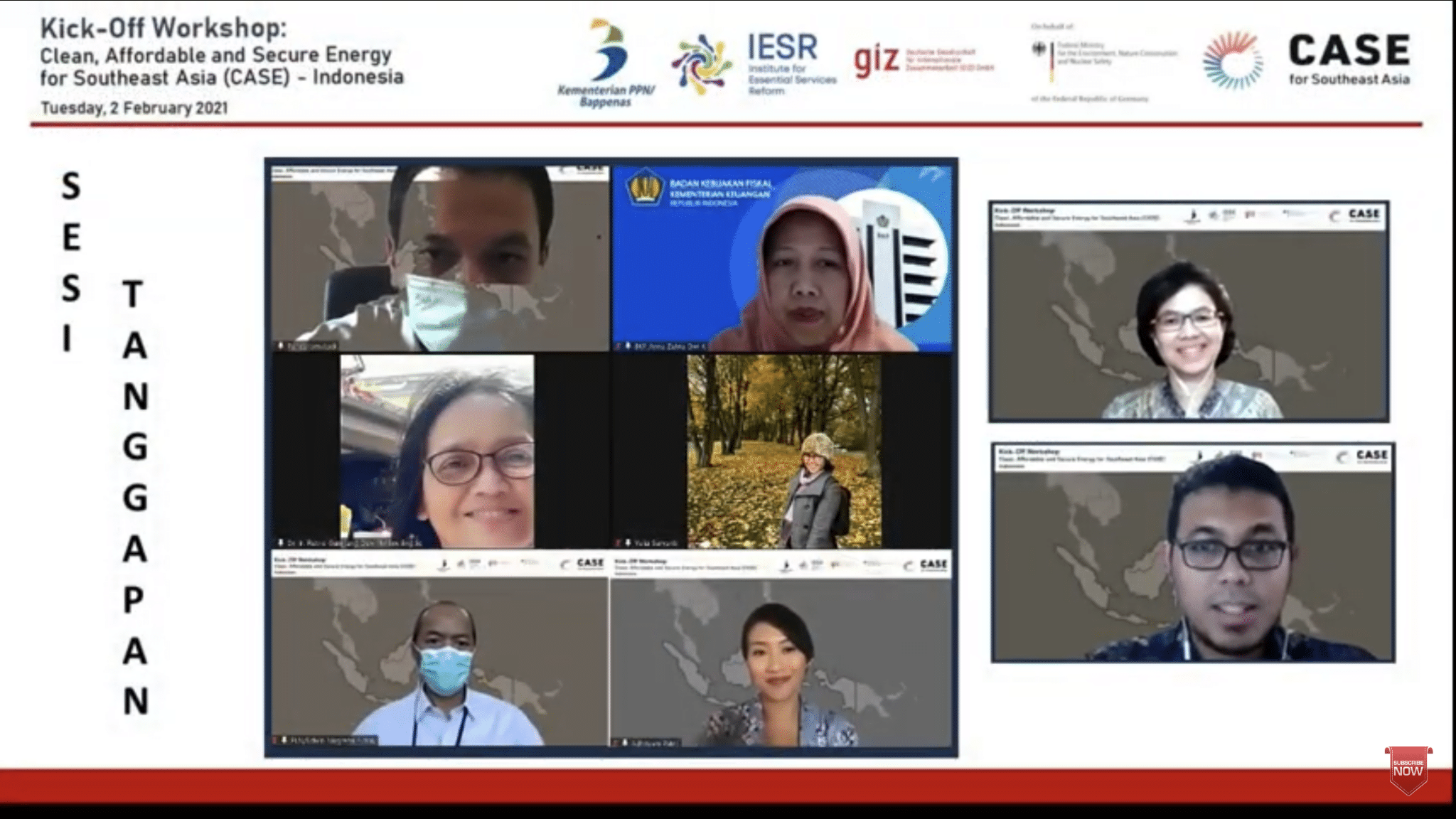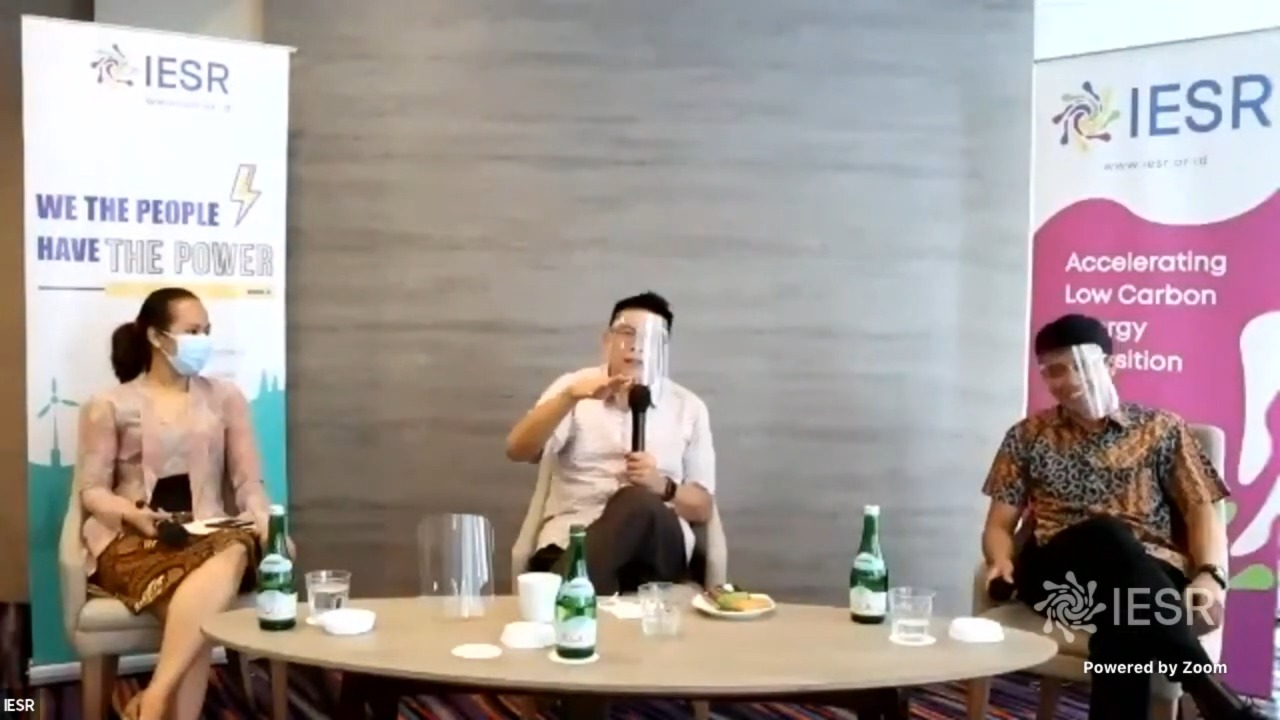
Kumparan | Indonesia will decarbonized by 2050, by stopping Coal power plant operating within 10 years
Executive Director Of Institute For Essential Services Reform (IESR), Fabby Tumiwa, explained if Indonesia wish to fully decarbonized, reaching zero green house... Read more.

Otosia | Indonesia Have to Learn from China in Developing Electric Cars
OTOSIA.COM – Indonesia is arguably trying to be able to produce its own electric vehicles. This includes developing electric car batteries that can be pro... Read more.

Kontan | Regarding RUKD regulation in PP derivatived from Cipta Kerja, Notes by IESR
KONTAN.CO.ID – JAKARTA. The government has reaffirmed the arrangement for the Regional Electricity General Plan (RUKD). These provisions are contained in ... Read more.

CNBC | Solar Power Plant Will Become The World King of Energy, Read the Facts
Jakarta, CNBC Indonesia – In the future, Solar Power Plant (PLTS) will become king in the new renewable energy mix (EBT) compared to other electricity pla... Read more.

CNBC | This is A List of Inputs for The New and Renewable Energy Bill
Jakarta, CNBC Indonesia – The Draft Law (RUU) on New and Renewable Energy (EBT) is being worked on by the Indonesian House of Representatives (DPR) and is... Read more.

Indonesia – Germany Collaborate to Accelerate the Energy Transition in the Electricity Power Sector through the Clean, Affordable, and Secure Energy for Southeast Asia (CASE) Program
The Kick off workshop of the Clean, Affordable, and Secure Energy for Southeast Asia (CASE) program (2/2/2021) signifies the collaboration between the In... Read more.

PV Magazine | Large scale floating PV to sell power at $0.0368/kWh in Indonesia
A new report from the Institute for Essential Services Reform (IESR) shows that PV has not been growing significantly in Indonesia in recent years, despite the ... Read more.

PV Magazine | Eastern Indonesia may become hub for large scale PV deployment
The Indonesian government has announced the construction of a big PV plant in the eastern part of the country, explaining that the region is particularly suitab... Read more.

The Surpassing Potential of Rooftop Solar Market to Achieve the Target of 23 Percent Renewable Energy Mix in 2025
Jakarta, 15 December 2020 – “What are the investment costs and roof area that I need to install a solar rooftop PV system? Does it save electricity ... Read more.

Coal Exports is Declining, It is Time for Energy Transition
Day 4 Indonesia Energy Transition Dialogue 2020, Energy transition in the power sector and its implications for the coal industry Jakarta, December 10, 2020 &#... Read more.
